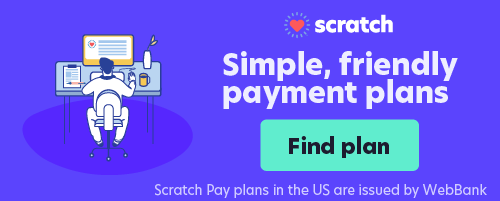Library
-
Cat Behavior Problems: Marking and Spraying Behavior
Esta forma de depositar pequeñas cantidades de orina sobre superficies verticales se denomina marcaje, y es más una señal olorosa que una forma de orinar. Normalmente, lo que hacen los gatos es ponerse de espaldas ante una superficie vertical, levantar la cola y eliminar orina hacia el objeto en cuestión.
-
Mastiffs are mellow and many are happy just watching family ballgames from the sidelines, cheering their kids on with a wag or a woof. Some, however, might happily join in to steal the ball or play a short game.
-
For most cats, a visit to the veterinarian is an overwhelming experience. If your cat’s veterinary appointment is for a routine wellness examination, your veterinarian may prescribe a sedative or antianxiety medication. Natural medicines, also known as complementary therapies, cover a wide range of products including herbs, nutraceuticals, supplements, and homeopathic remedies and may be beneficial in treating your anxious cat. Products such as Feliway® and Rescue Remedy® are examples of natural therapies that may be helpful in reducing your cat’s stress. One of the most important ways to decrease your cat’s anxiety level is to remain calm and relaxed during the visit as this will help reassure your cat that she is safe.
-
Helping Dogs with Severe Phobias During Storms and Fireworks
Los medicamentos pueden ser útiles en algunos casos, pero sólo puede prescribirlos un veterinario. No hay que olvidar que deben administrarse para que su efecto se manifieste ANTES de que empiece el ruido o la reacción de pánico del animal. Por norma general, se administran al menos una hora antes del acontecimiento.
-
Fears and Phobias in Dogs: Animals and People
Hay muchas razones por las que los perros desarrollan miedo a personas y a otros animales. En primer lugar, hay que recordar que la socialización durante el desarrollo del cachorro es esencial. Si el perro no ha recibido interacciones positivas, constantes y adecuadas con personas y otros animales, es probable que tenga reacciones de miedo en el futuro.
-
Fear of Noises in Dogs
Los miedos y fobias se pueden desarrollar a partir de una sola experiencia (shock condicionado) o a partir de una exposición continuada a un estímulo que provoca miedo. Hay perros que presentan síntomas leves, como ir de un lado a otro o jadear, y otros que muestran mayor agitación y pueden llegar a manifestar conductas destructivas y mostrar reacciones de pánico.
-
Fears, Phobias, and Anxiety in Cats and Dogs
El miedo es una respuesta fisiológica, conductual y emocional a determinados estímulos que recibe un animal. La reacción fisiológica provoca un aumento de las frecuencias cardíaca y respiratoria (jadeo), sudoración, temblores, movimientos compulsivos y, en ocasiones, micción y defecación involuntarias.
-
Just as courageous, fiery, hard-headed and hilarious as his larger brother, the Miniature Bull Terrier combines all the pow of the Bull Terrier in a more compact and portable package. Even so, this is no lap dog. He would rather sit beside you or better yet, forge ahead towards the next great adventure. Of course, he wants you to come along, too.
-
With Napoleonic tendencies and terrier-like spirit, Miniature Pinschers are cunning, playful, and depending on their breeding, utterly fearless. Adventurous types, buckle your seatbelts!
-
The jaunty beard, bushy eyebrows, and lively personality of the Miniature Schnauzer make it a fun and comical companion. They would rather get up and go than lie down and sleep, but the top priority of the Miniature Schnauzer is to be with the people he lives to please.



